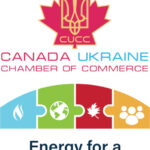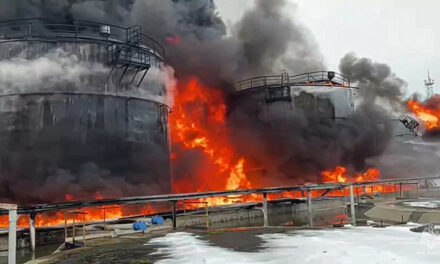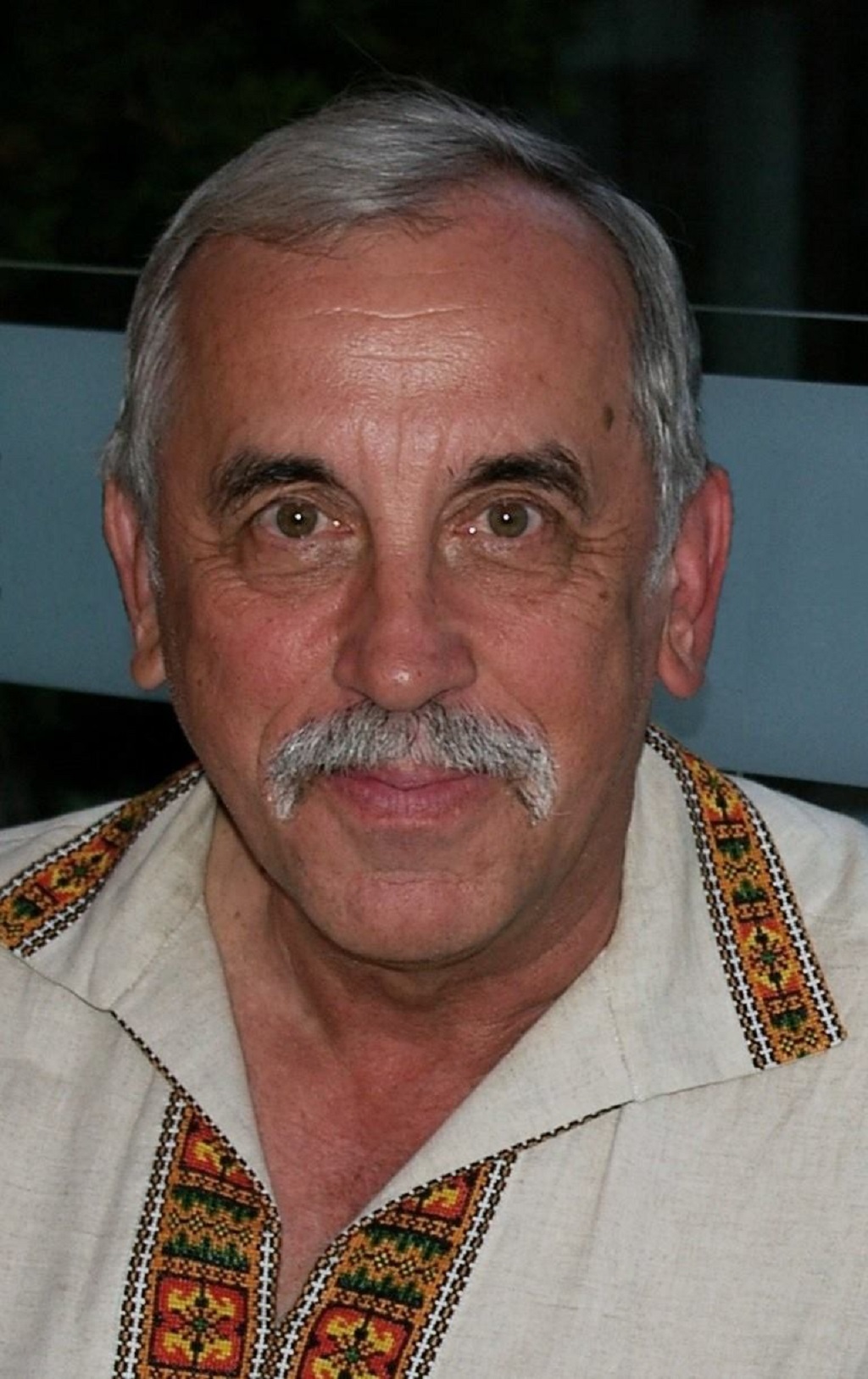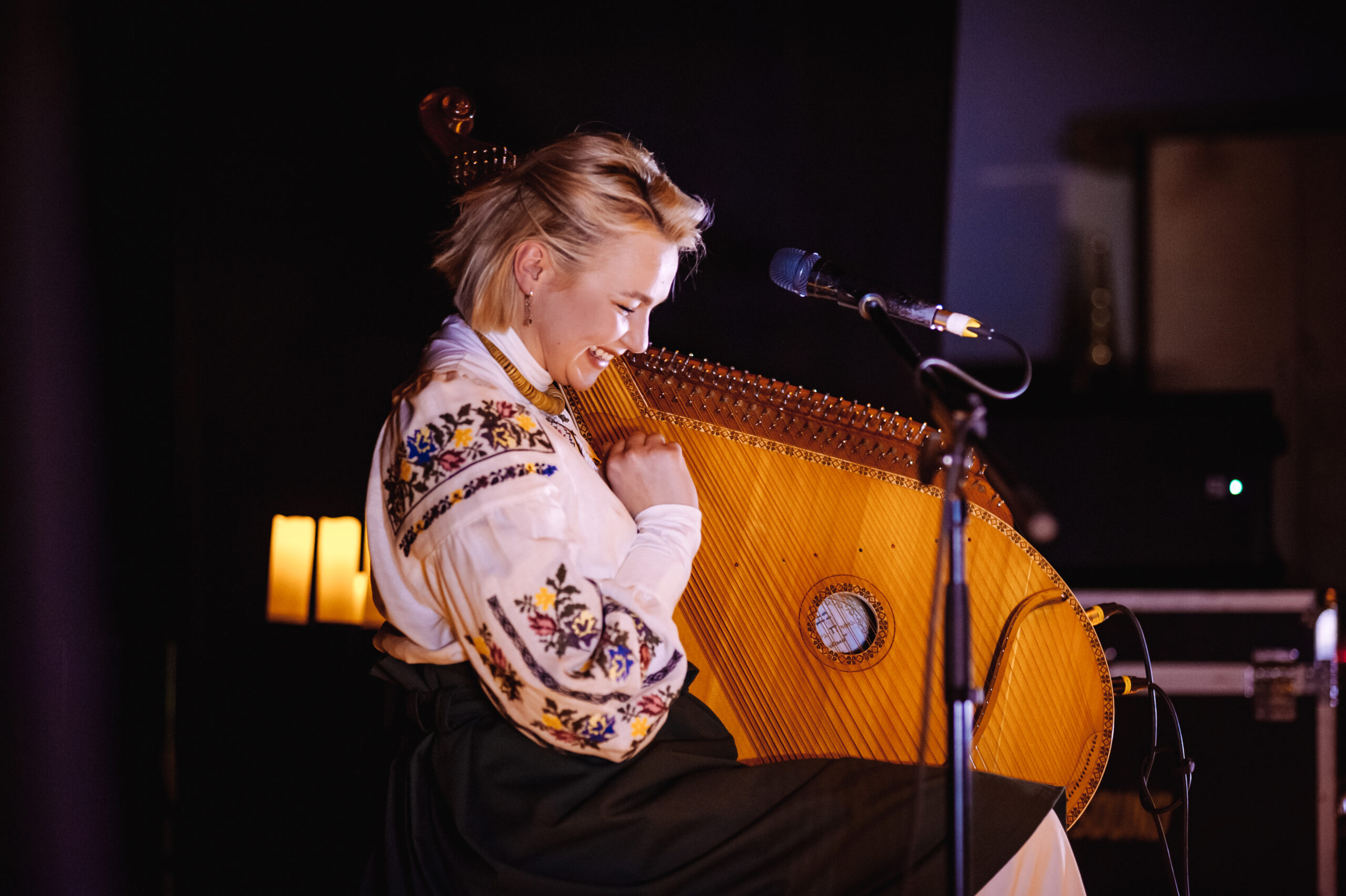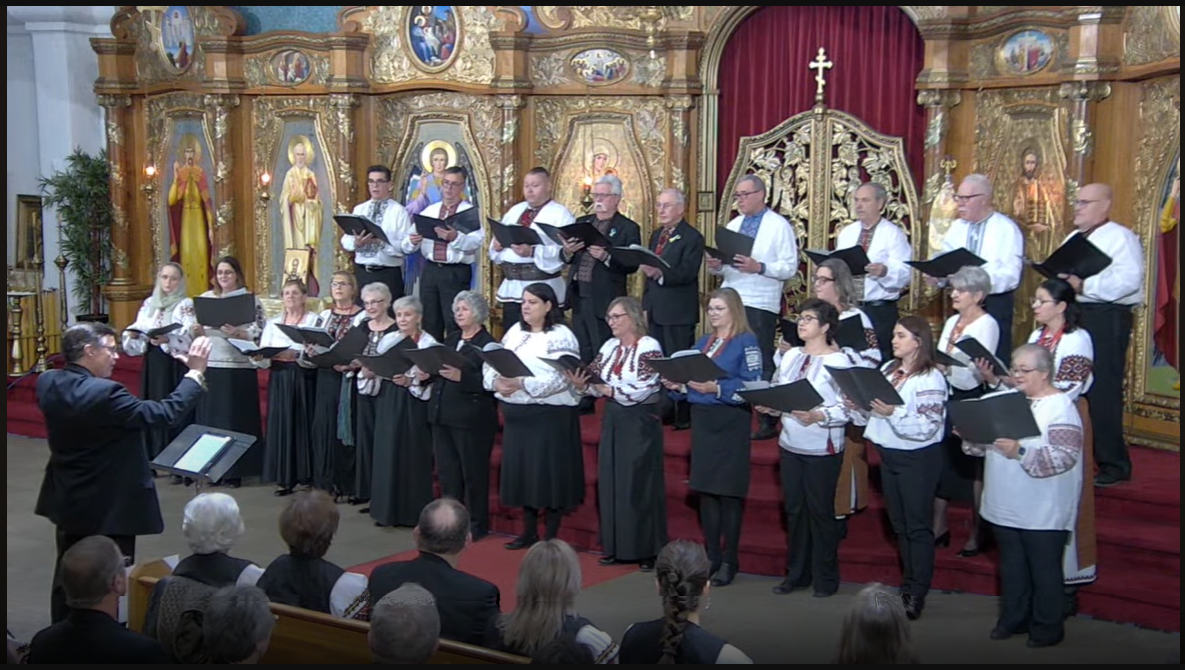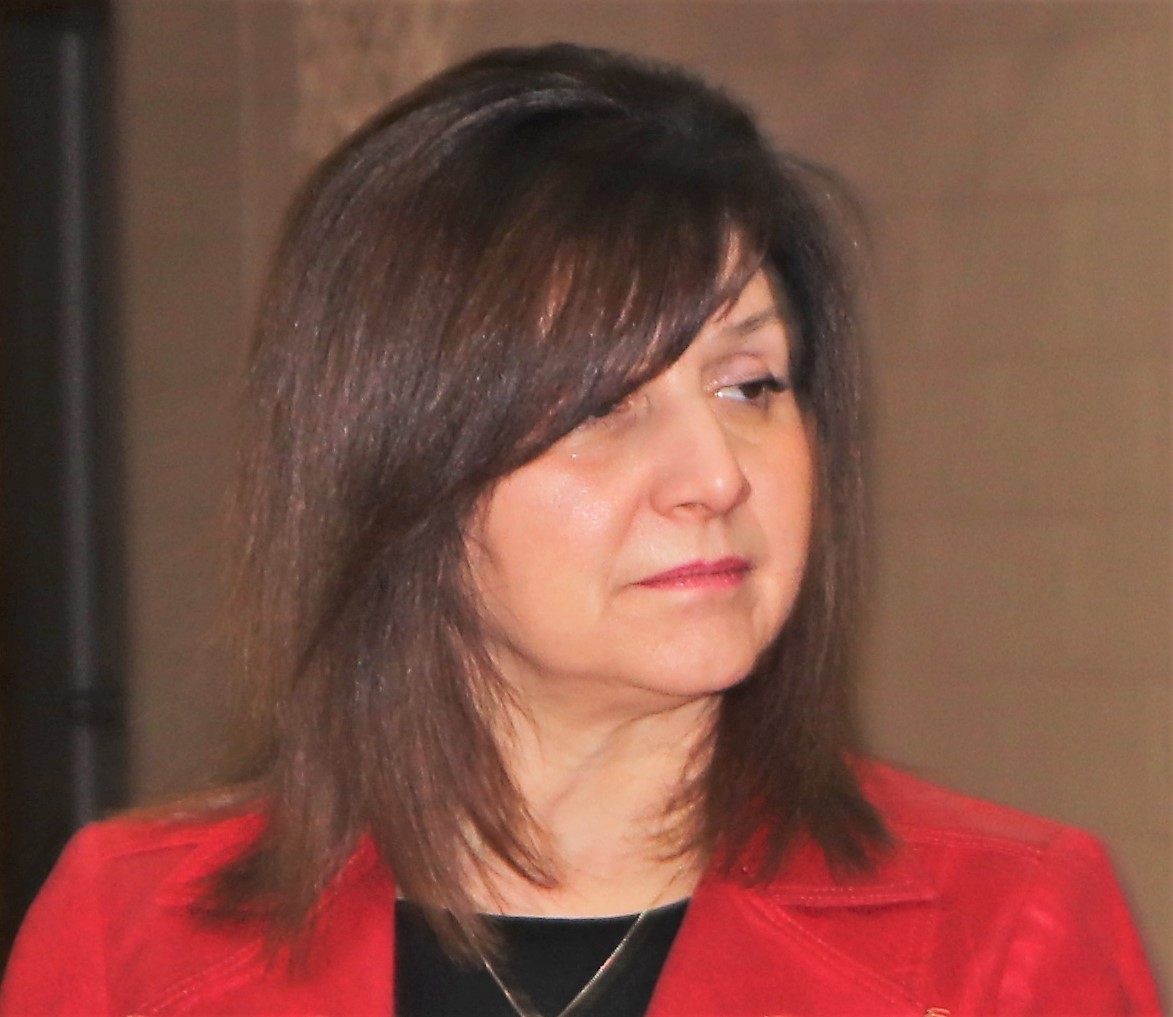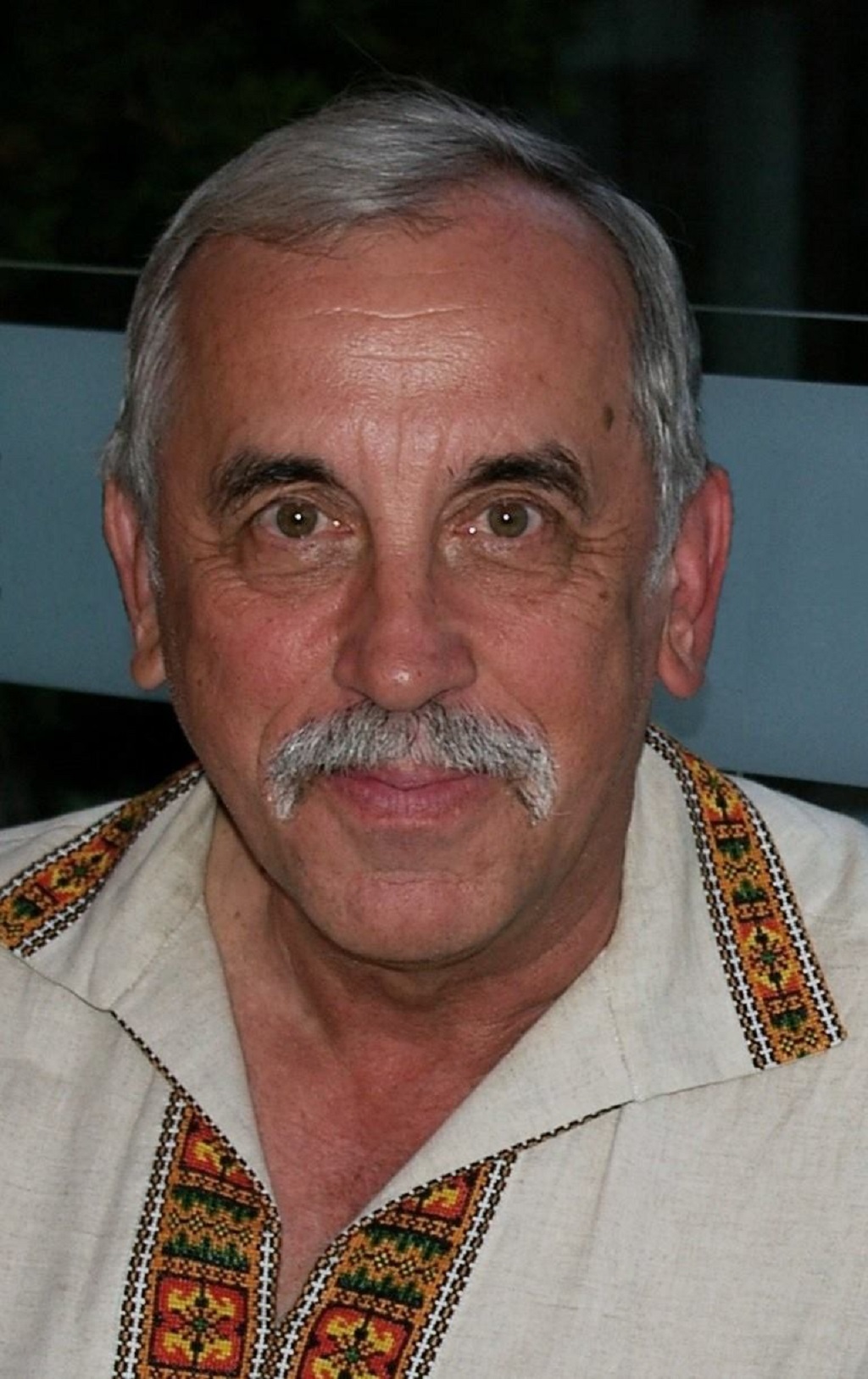Volodymyr Kish.
Back in early spring of 2014, a large number of “green men”, heavily armed soldiers with no insignia, started appearing in Crimea and forcefully occupying strategic positions and infrastructure in Ukraine’s Crimean Peninsula. The significantly over matched and unprepared Ukrainian armed forces there were forced to retreat or capitulate. Within weeks, Russia forced a rigged referendum on the Crimean population which returned control of Crimea to Russia.
Since then, the Russians have reintroduced their historical program of intimidating and oppressing the indigenous Tatar population, and doing everything they can to re-Russify Crimea. Russia first conquered and annexed Crimea in 1783, when the vast majority of the population was Tatar. Over the next century, Russia changed Crimea’s demographics significantly so that by 1900, a third of the population was Russian. This changed dramatically again in 1944, when Stalin deported most of Crimea’s Tatars to the far east, claiming they had collaborated with the Germans during the Second World War. Once again, Russians were shipped in in droves in to replace the departed Tatars.
After Ukraine became independent, many Tatars started returning back to Crimea, but now they were a minority and were not able to reclaim their formerly seized lands and assets. Nonetheless, as part of the newly independent Ukraine, the Tatars were able to reclaim some measure of normalcy. All that changed again when the Russians invaded in 2014.
Over the past few years, Tatar activists have been beaten up, arrested on trumped up charges and imprisoned after sham trials. Innocent Tatars have been sentenced to 15 to 20 year prison terms for “terrorism” based on either fabricated evidence, or simply belonging to groups that Russia considers as terrorist, i.e. any that oppose Russian aggression. The Tatar parliament, the Mejlis, has been banned by the Russian authorities. Further, Tatar property and assets have been seized and redistributed to newly imported Russians.
In the aftermath of the annexation, it is estimated that some 60,000 Crimeans, mostly Tatar and Ukrainians, have fled the peninsula for mainland Ukraine. During the same time, several hundred thousand Russians have been brought in from Russia proper, to skew the population numbers even more. The Russians officially admit to about 100,000 Russians having resettled in Crimea, but reliable sources claim that the real number is up to five times as much. The displaced Tatar population has resettled in Kyiv, Lviv, Kharkiv, Dnipro and other major cities in Ukraine.
To add fuel to the fire, the Russians have been conscripting local Ukrainians and Tatars into the Russian army. Over the last six years, some 22,000 Crimeans have been forcibly conscripted. This is completely contrary to international law, yet Russia has been completely oblivious to all international protests.
Since occupying Crimea and the sealing of the border between Crimea and Ukraine, the Russians have had to deal with some serious supply issues. In the past, Ukraine had been the primary source for supplies of all kind to the peninsula. The Russians quickly built a bridge over the Kerch Strait, linking Crimea to the Russian mainland. Pipelines for gas and fuel were also put in place. The biggest problem however, has been water. 85% of Crimea’s water supply came from Ukraine, and since that source was cut off, Crimeans have had to face severe water shortages and drastic rationing. To date, Russia has not been able to implement alternate sources of water supply. It has however, mounted a propaganda campaign against Ukraine, claiming ironically that Ukraine is responsible for a “humanitarian” crisis because it refuses to supply water to Crimea’s beleaguered population. Ukraine, justifiably insists it will not do so until Russia ceases its illegal occupation of Crimea.
In the meantime, most of the reservoirs that used to supply the major cities in Crimea have dried up and local underground and artesian sources are being rapidly depleted. A side consequence of all this is that the depletion of natural groundwater will eventually lead to the salinization of soil, and deterioration of Crimea’s agricultural capability. Ukrainian authorities have pointed out that, as per the Geneva convention, as an occupying power, Russia is solely responsible for meeting the humanitarian needs of the population it now controls, including water. Trying to shift the blame onto Ukraine is as self-serving as it is ludicrous.
This water crisis has led some to speculate that as the water situation deteriorates to a crisis level, the Russians may be prompted to push militarily into southern Ukraine to capture and control the canal to the Dnipro River that used to supply Crimea with most of its water. This could lead to a serious escalation of the war between Russia and Ukraine, with unpredictable consequences. To this end, the EU, NATO, the U.S. and the U.N need to keep up the political pressure on Russia and ensure that Russia realizes that any such move would lead to the complete ostracization of Russian from the rest of the world.
While all this is going on, the Crimean Tatars are once again being victimized by the intransigent and barbaric policies and tactics of the predatory Russian state which long a go abandoned any pretence of morality and humanity.
Share on Social Media














